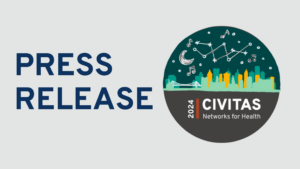
The Role of Health Data Utilities in Advancing Interoperability and Addressing Current and Long-Term Health and Health Care Challenges
Note: This article was written in collaboration with Kevin McAvey of Manatt, Phelps & Phillips, LLP. Check out Kevin’s recent work here: Realizing the Promise of All Payer Claims Databases: A Federal & State Action Plan.
For decades, U.S. government and industry leaders have looked for viable solutions to overcome the limitations of siloed electronic health record (EHR) systems, and to bridge the gap between health care and social services data and information. As the U.S. health care sector continues to undergo a vital digital transformation, the need for building stronger, more secure data that serves patients and the public while creating system interoperability is a national priority. We need comprehensive health data that allows for informed whole-person care both within the delivery of medical care and other community and social care settings.
For more than two decades, Health Information Exchanges (HIEs) have served as a primary source of secure health-related data sharing among local, regional, and statewide entities to provide more coordinated, efficient patient care. A recent US GAO report on electronic health information exchange reinforces this by acknowledging that survey data show that the use of electronic exchange among hospitals and physicians has increased in recent years. And today, to further bolster these capabilities, many state HIEs, regional health improvement collaboratives (RHICs), state health data organizations (HDOs), and other data-led non-profit entities are well-positioned to serve as a Health Data Utility (HDUs).

